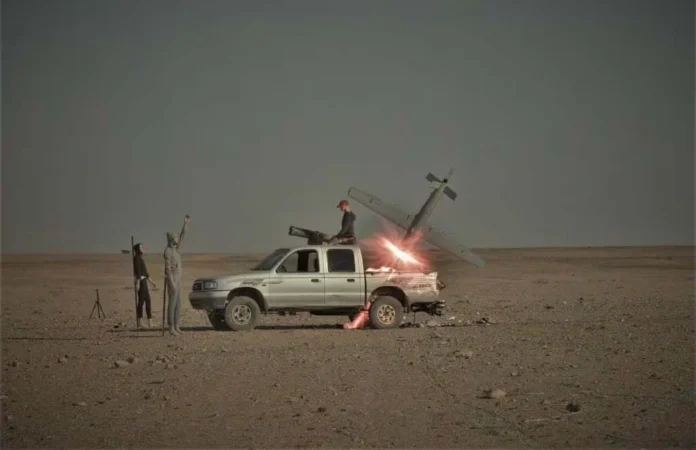Washington: Defence contractor Artis is unveiling an active protection system it says addresses a gap the US Army and other forces are looking to fill: the defence of attacks from above.
The service years ago evaluated the company’s Iron Curtain active protection system for combat vehicles but never adopted the technology. Now, Artis is presenting its Sentinel third-generation APS that the firm said is able to defeat so-called top-attack threats.
Artis said it has demonstrated the Sentinel can protect vehicles and infrastructure from nearly all direct-fire threats, including tank-fired rounds, anti-tank guided missiles, rocket-propelled grenades and loitering munitions — otherwise known as exploding drones, which target vehicles and infantry alike, often with deadly effect.
The Army launched an effort in 2016 to rapidly field interim solutions to protect Abrams tanks, Stryker combat vehicles and the Bradley infantry fighting vehicles. The service pursued options through a demonstration phase. The Army had selected Iron Curtain as an interim protection system in 2017 for the Stryker but decided against fielding the system after the testing and demonstration phase in 2018. Service leaders said at the time that while Iron Curtain worked in concept, it would take too much time and money to mature the system.
The Virginia-based business has spent 20 years refining and expanding a capability versatile enough to handle nearly all threats to combat vehicles, including top-attack threats, long before the war in Ukraine and the use of loitering munitions highlighted the need for such robust protection.
The Army did not require any active protection system under consideration as an interim solution address threats from above; the service was solely focused on protecting the sides of tanks and vehicles. But leadership has turned to addressing top-attack threats upon seeing their proliferation in the Russia-Ukraine war.
Artis’ developed its first design for top-attack protection through a Defence Advanced Research Projects Agency around 2008, the company’s president, Keith Brendley said. The company has since continued work on the design through investors. But Sentinel’s capability gained significant traction through a contract with the Army’s Rapid Capabilities and Critical Technologies Office, awarded shortly after the service rejected Iron Curtain for the Stryker, he explained.
Artis concluded its work with the office in June 2023.
“The focus wasn’t on top-attack; it was on sabot rounds and chain gun threats,” Brendley said of the company’s work with the Army office. “So not only can Sentinel defeat top-attack threats, but we can also defeat tank-fired rounds, sabot rounds, things of that nature.” Sabot rounds are metal rods that can pierce armour and explode, spraying metal shards.





